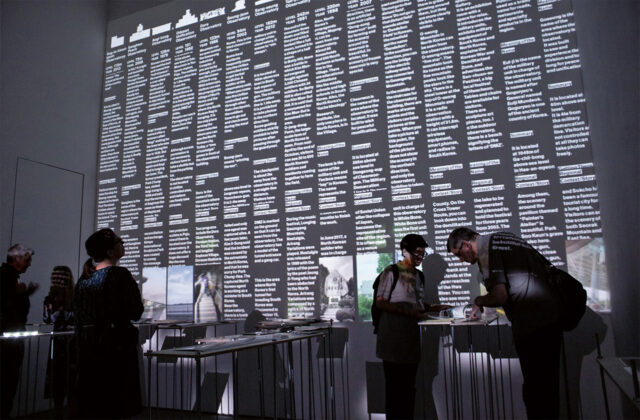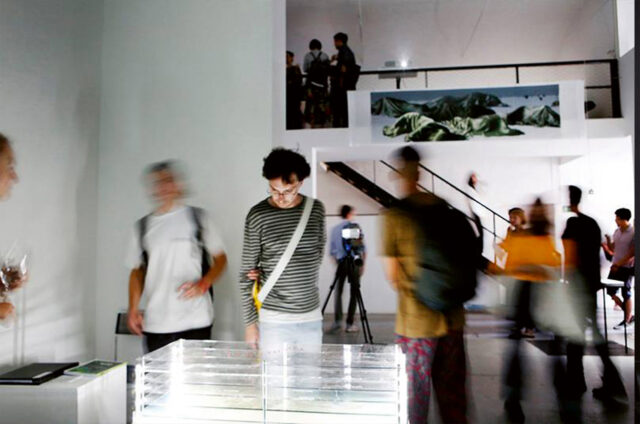
Facing North Korea – The Observatory Project, 2018

Facing North Korea – The Observatory Project, 2018

Facing North Korea – The Observatory Project, 2018

Facing North Korea – The Observatory Project, 2018